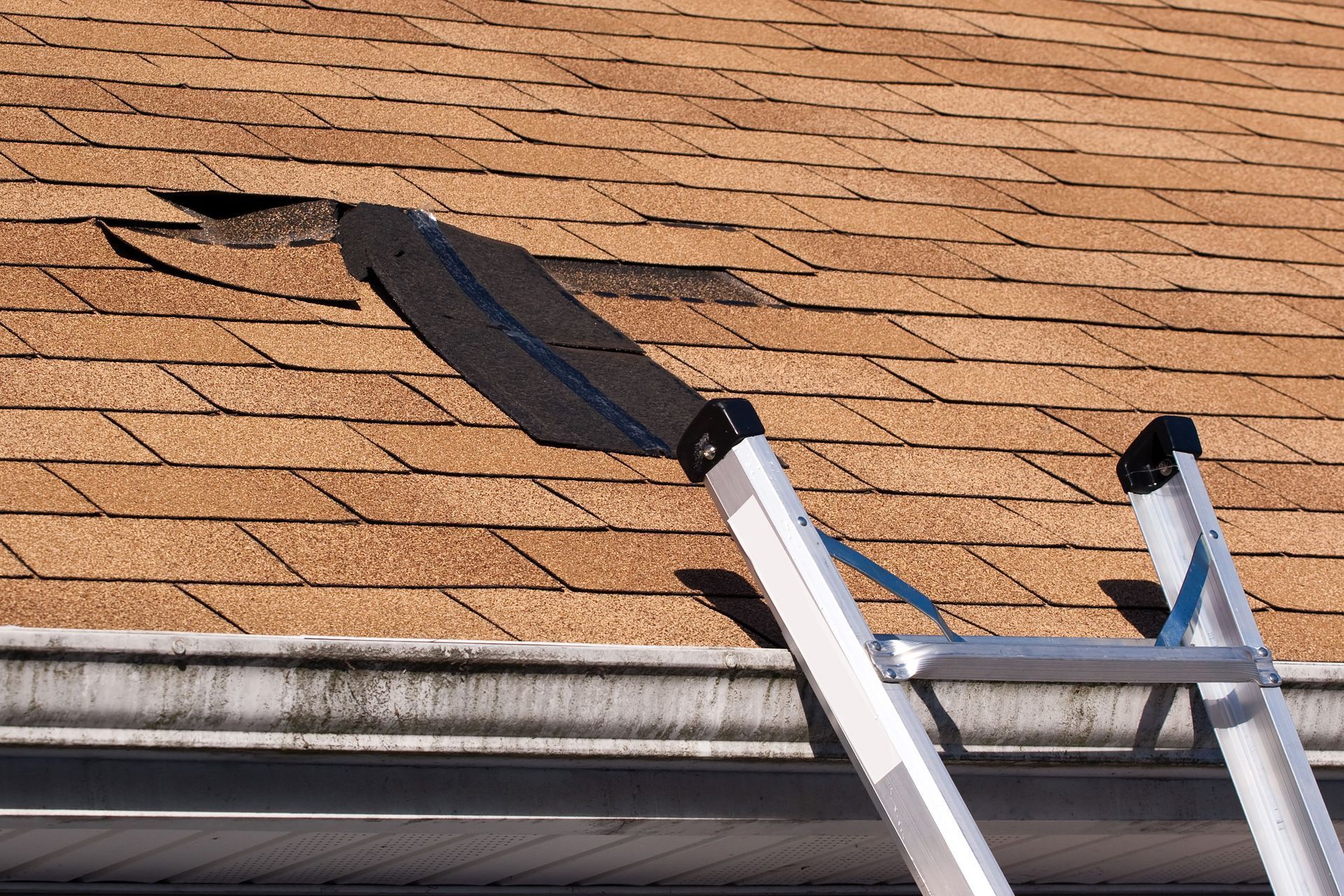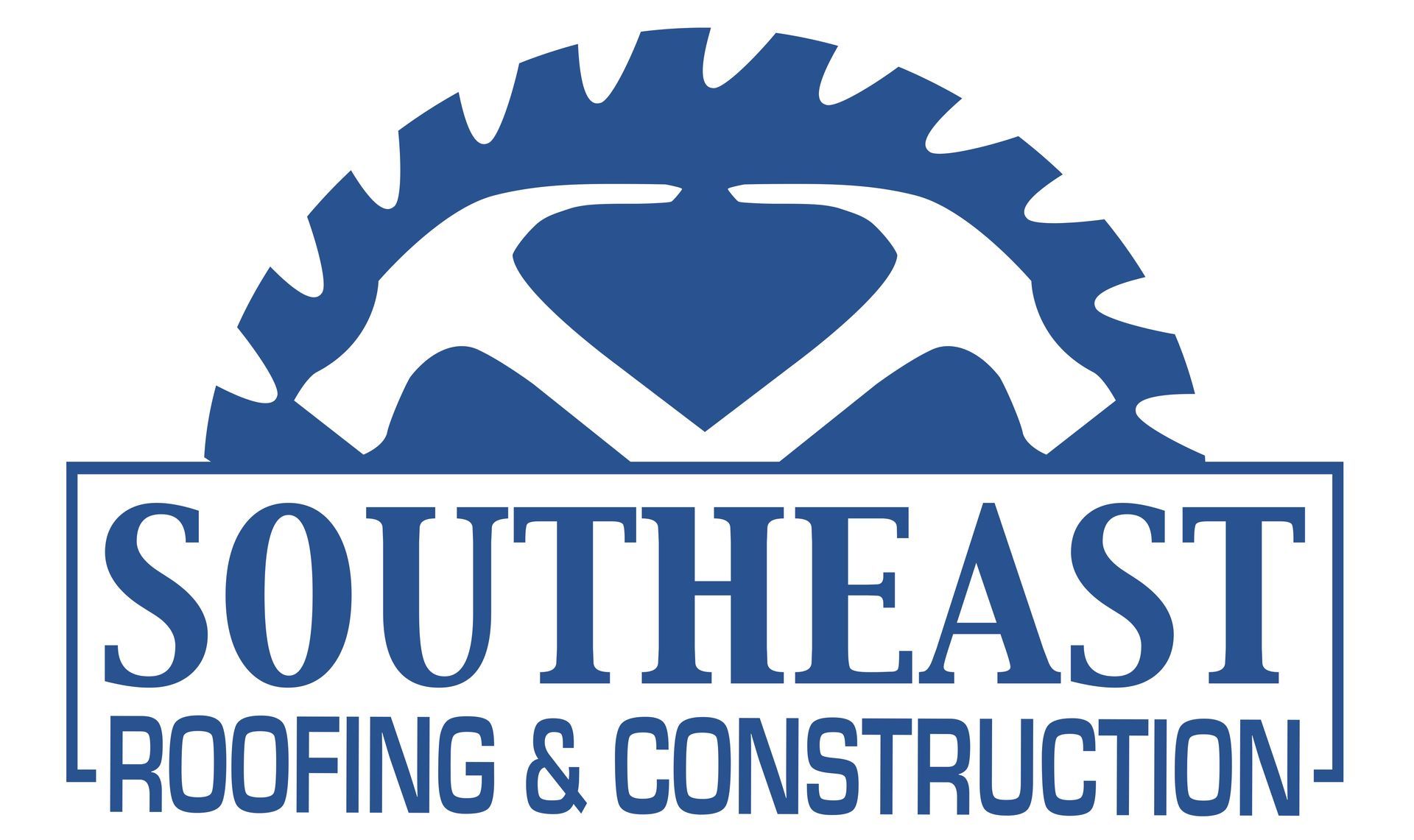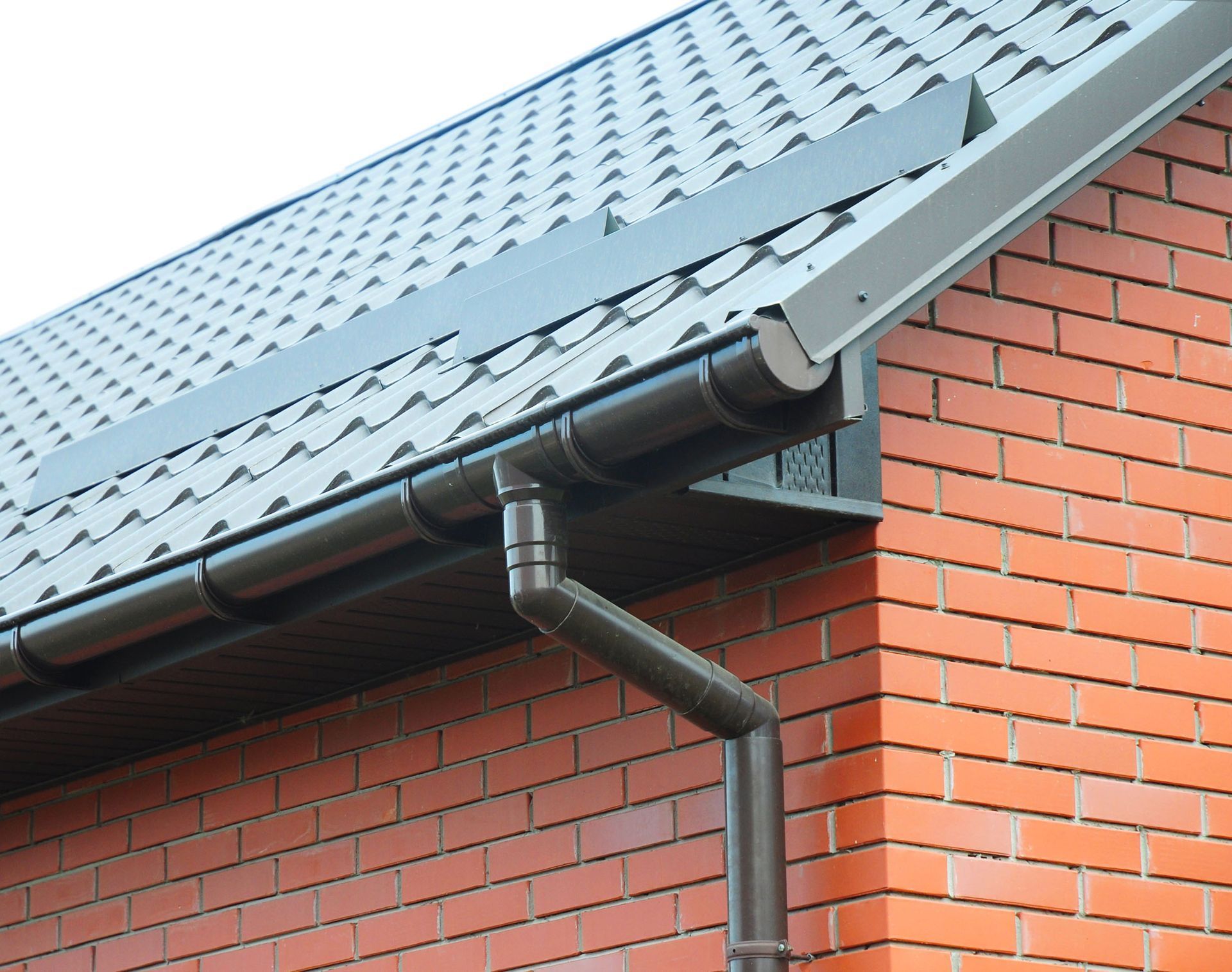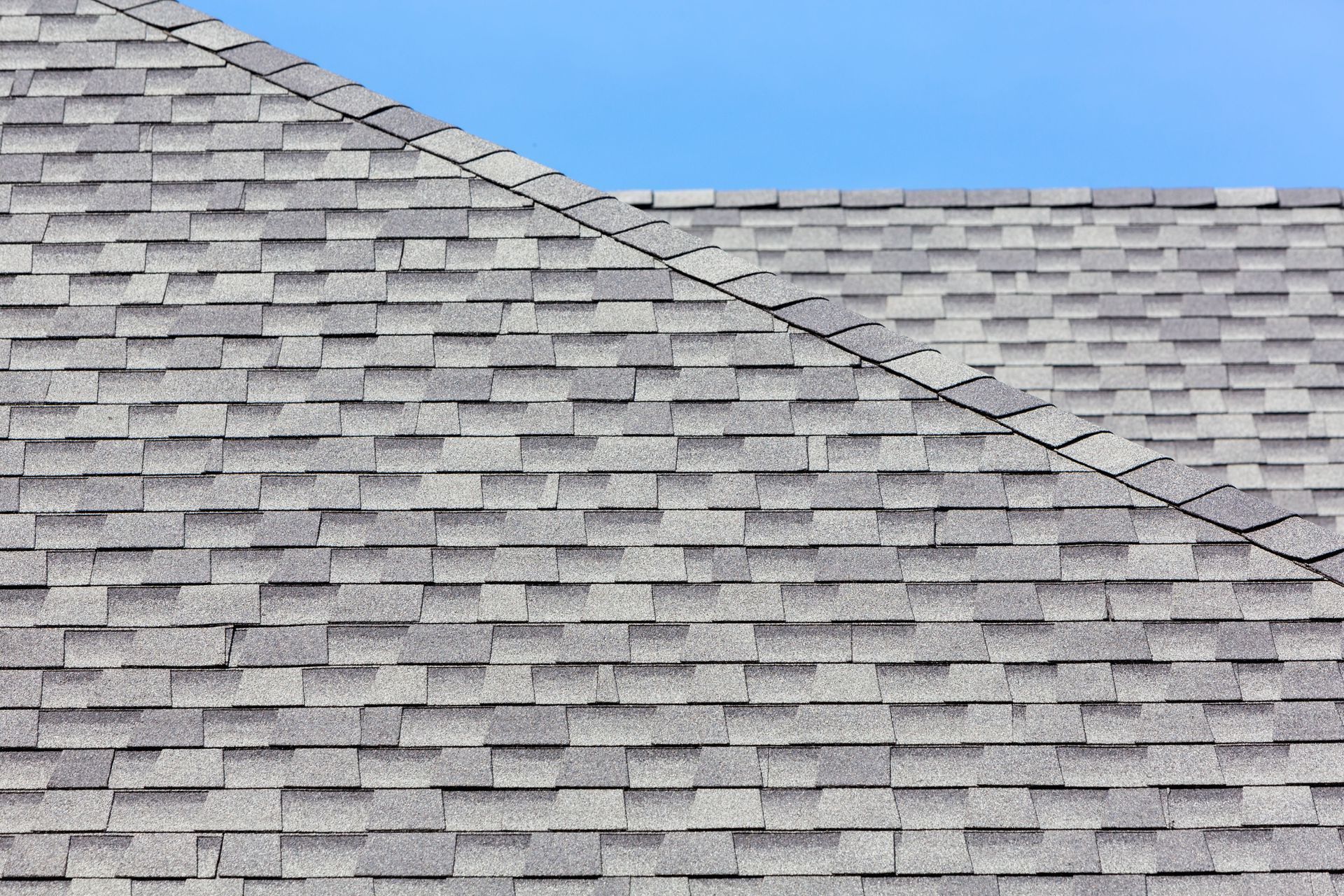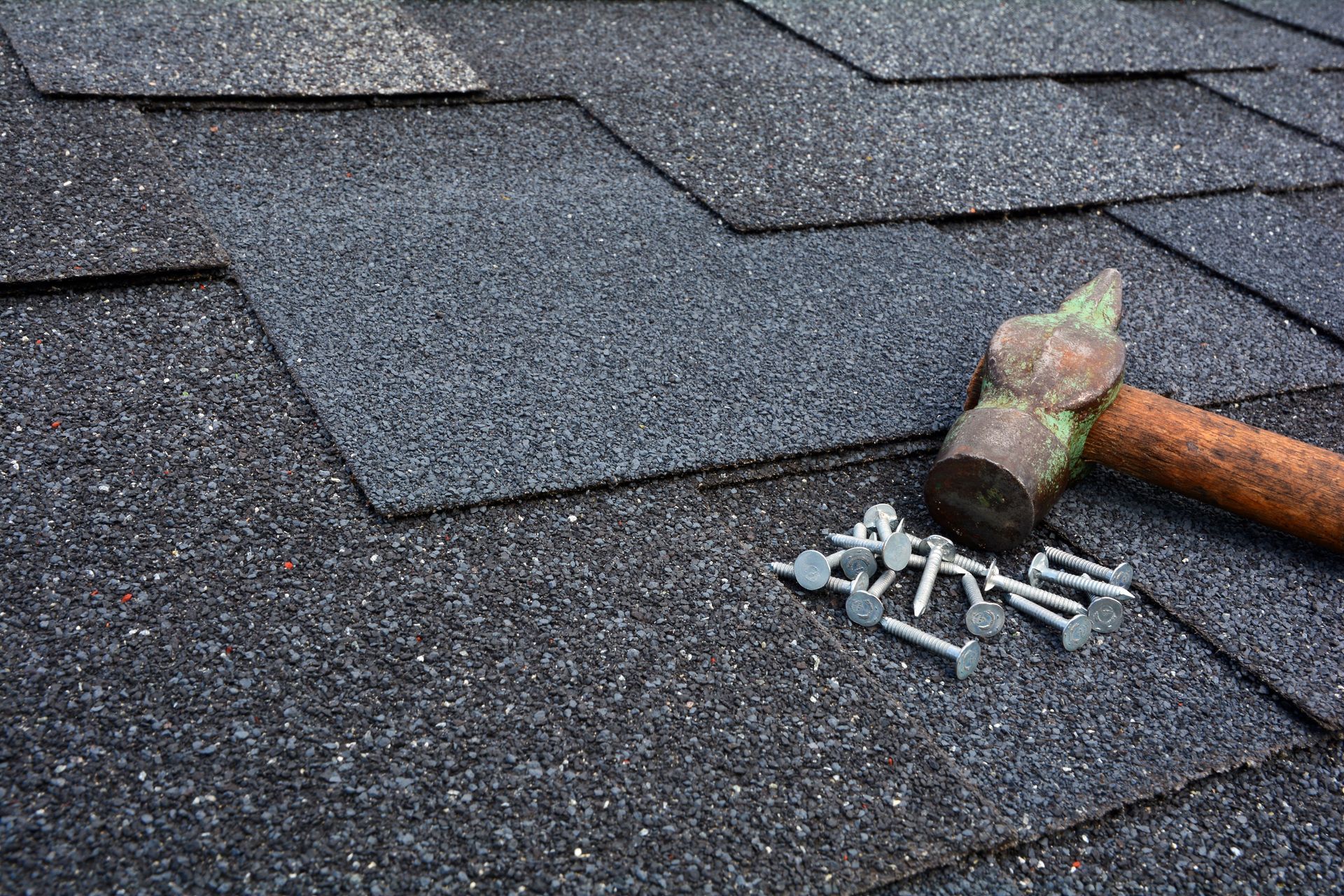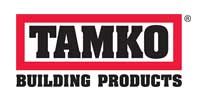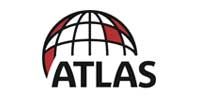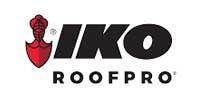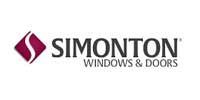February 4, 2025
Your roof is your home’s first line of defense against the elements, and maintaining its integrity is crucial for protecting your property and your family. While roofs are built to withstand various weather conditions, time and wear and tear can take their toll. Knowing when your roof needs repair can save you from costly damages and ensure that your home remains safe and secure. Below, we explore some vital signs that indicate your roof might need some attention.
1. Missing or Damaged Shingles
One of the most apparent signs that you need roofing services is the presence of missing or damaged shingles. Asphalt shingles, according to This Old House, can last 25–30 years, but they are not invincible. High winds, storms, or even consistent exposure to the sun can cause shingles to curl, crack, or entirely fall off. If you notice any of these issues, it is crucial to address them promptly to prevent water from seeping underneath and causing further structural damage.
2. The Presence of Leaks or Stains
Another significant indicator of potential roof trouble is the presence of leaks or water stains on your ceilings and walls. Water stains are often a sign of a leaky roof, and if left unchecked, they can lead to mold growth, which poses health risks and can be expensive to remediate. Discolored patches on your walls or ceilings, particularly after heavy rainfall, are a clear signal that your roof may not be effectively keeping water out, necessitating a thorough inspection and repair.
3. A Spike in Your Energy Bills
Additionally, if you notice an unexplained spike in your energy bills, your roof might be the culprit. Poor insulation, possibly due to aged or damaged roofing materials, can cause heat to escape during the winter and enter during the summer. This inefficiency forces your heating and cooling systems to work overtime, significantly increasing your energy consumption. Ensuring your roof is properly insulated and in good condition can help maintain a comfortable indoor environment and reduce unnecessary energy costs.
Staying vigilant about the condition of your roof can prevent minor issues from becoming major headaches. Regular inspections, especially after severe weather events, can help you catch problems early and extend the lifespan of your roof. By recognizing these signs and acting quickly, you can maintain your roof's health and protect your home for years to come.
For professional roofing services , you can rely on Southeast Roofing & Construction. Our expert team can assess your roof’s condition and provide top-notch repairs or replacements to keep your home safe and secure!
